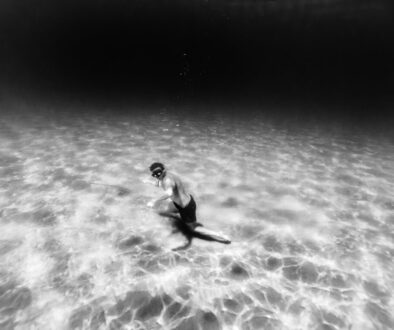Seahorse Whispers: Discovering the Secret Lives of Seahorses
Seahorses, with their unique equine profiles and prehensile tails, capture the imagination of ocean enthusiasts around the world. These tiny, enigmatic creatures have long been a symbol of mystery and grace under the sea. In this blog post, we dive deep into the world of seahorses, exploring their fascinating biology, unique behaviors, and the critical conservation efforts necessary to ensure their survival in the wild.
Unveiling Seahorse Mysteries
Seahorses belong to the family Syngnathidae, which also includes pipefish and leafy sea dragons. What sets seahorses apart is their distinctive head, which is angled at a right angle to their body, resembling the head of a horse. This unique feature, combined with their armored bodies and curled, grasping tails, makes them one of the most distinctive fish species.
Anatomy and Adaptation
Seahorses range in size from about 0.6 inches (1.5 cm) to over 14 inches (35 cm). Their bodies are covered in bony plates, which are fused together to form a tough armor that protects them from predators. Unlike most fish, seahorses do not have scales. They swim upright and use small, rapidly fluttering fins on their back (the dorsal fin) and near their rear (pectoral fins) to maneuver through the water. However, they are not strong swimmers, so they often prefer to anchor themselves with their tails to seagrasses and corals.
Unique Behaviors
One of the most remarkable aspects of seahorse behavior is their monogamy—a rare trait in the fish world. Most species of seahorses mate for life, and they perform daily greeting rituals with their partners, such as specific dances or displaying their colors. During these greetings, they may change color, swim side by side holding tails, or wheel around each other in what appears to be a prelude to their complex mating dance.
The Role of Males in Reproduction
Seahorses are also famous for their unique approach to childbirth. In this genus, it is the males who become pregnant. Female seahorses deposit their eggs into a specialized pouch on the male’s abdomen. The male then fertilizes the eggs internally and carries them until they hatch. After a gestation period that can last from 10 days to 6 weeks, the male undergoes muscular contractions to expel the fully formed, miniature seahorses into the water. This extraordinary role reversal is a fascinating deviation from the norm in the animal kingdom.
Habitats and Distribution
Seahorses are found in shallow tropical and temperate waters around the world, typically clinging to coral reefs, seagrasses, and mangroves. These environments offer plentiful hiding spots from predators, as well as abundant opportunities to feed. Seahorses rely on camouflage to blend into their surroundings, a vital survival trait given their poor swimming capabilities.
Diet and Feeding
Seahorses are ambush predators. They use their elongated snouts to suck in plankton and small crustaceans that drift by. Because seahorses do not have teeth or stomachs, food passes through their digestive systems quickly, necessitating constant eating to stay alive.
Conservation Challenges
Despite their popularity in both public aquariums and traditional medicine, seahorses face numerous threats from human activities. Habitat destruction, pollution, and overfishing have all contributed to a decline in seahorse populations. They are often caught accidentally in nets but are also targeted for use in aquariums or dried as souvenirs and for use in traditional medicine.
The Importance of Seahorse Conservation
Conservation organizations like Project Seahorse are at the forefront of efforts to protect these unique creatures through research, habitat protection, and the promotion of sustainable fishing practices. Seahorse biology and ecology research contributes to our understanding of their needs and how best to protect their habitats.
Sustainable Practices
To combat the threats to seahorses, marine conservationists emphasize sustainable practices. Protected marine areas and restrictions on trawling can help preserve critical seahorse habitats. Efforts to raise seahorses in captivity have also been moderately successful and can help meet the demand for traditional medicine and aquarium trade without putting further pressure on wild populations.
Eco-tourism and Awareness
Eco-tourism also plays a role in conservation. By educating divers and snorkelers about the importance of not disturbing natural habitats, conservationists can help ensure that seahorse populations are not inadvertently harmed by human curiosity.
Conclusion
Seahorses continue to fascinate and inspire marine enthusiasts and scientists alike. By understanding more about their unique lives and the challenges they face, we can better appreciate these marvelous creatures and the efforts necessary to protect them. Preserving seahorse habitats not only helps seahorses but also enhances the biodiversity of our oceans, ensuring the health of marine ecosystems for future generations. As stewards of the earth’s biodiversity, it’s


